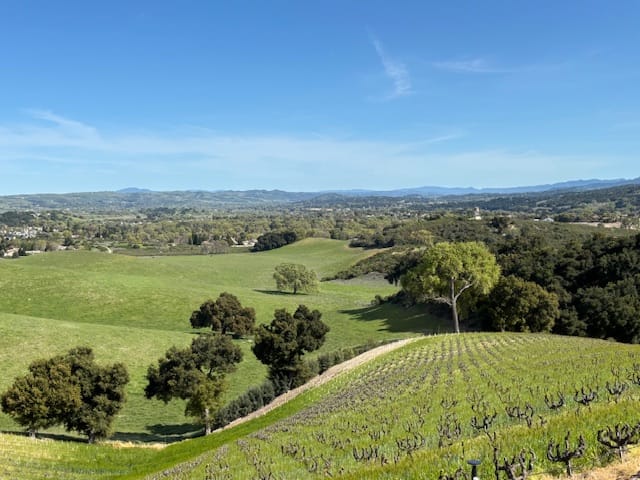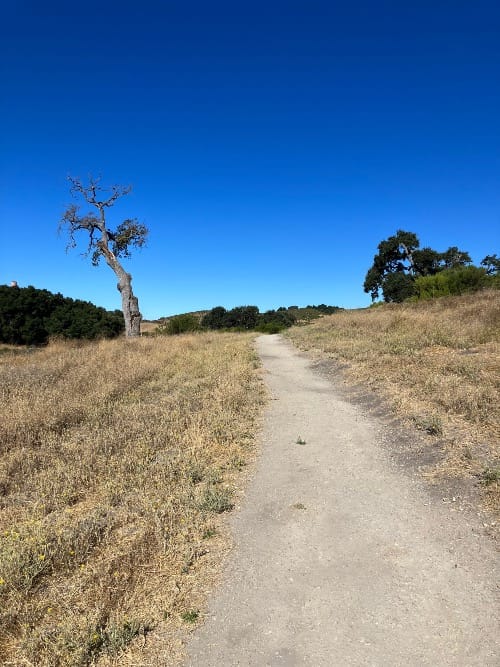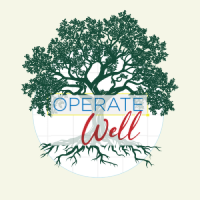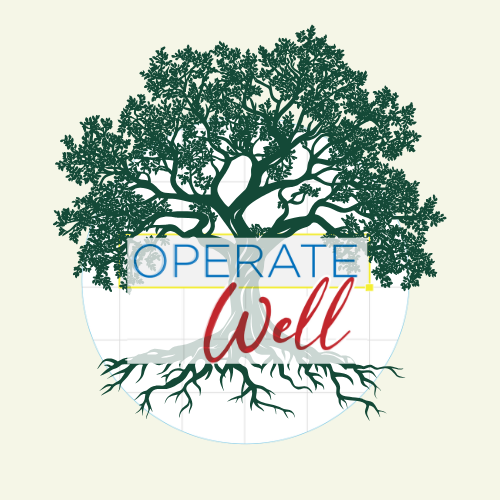Perspectives from the Trail

The other day I took a trip to a winery that sits on top of a hill near where I live. My friend and I sat on the back patio with a view overlooking a walking trail that I am very familiar with from the ground perspective.
We talked about what we saw from our vantage point, making comments like, "Oh, that must be the house that you walk by at the end of the trail,” and, "Where do you think the house is that's on that one hill overlooking the development?"
Today I walked along the trail again, recalling the experience of the perspective I had over the weekend. I looked up at the hill where the winery sits, recalling what I saw from that perspective and confirming what I suspected about the location of the house on that one hill.
I couldn't help but think about individuals in organizations who can see different things from different vantage points, so to speak. Perhaps the CEO sits on top of a hill, metaphorically speaking, overlooking a detailed hilly landscape. Not everything is clear, and sometimes the anwer to "what's behind that hill" is gathered through induction. A manager might ask themself, "What did I learn back when I walked on that trail and I had that vantage point?" and piece together what they cannot see, perhaps with less accuracy than they would from the trail in this moment.

In the field of Organizational Development, many of us are big on highlighting the importance of individuals' experiences, perspectives, and ideas. "Use of Self" is an important tool that many Organizational Development consultants use, asking, "What perspectives and experiences do I bring with me that shape the way that I am seeing this situation, this person, or this idea?"
Similarly, we often seek out the perspectives of many individuals in an organization as a way of gathering information. "The Change Handbook, Second Edition" by Peggy Holman and others contains over 60 methods for engaging whole organizations in dialogue. These exercises pull upon not just the experiences, perspectives, and ideas of one consultant but those of multiple individuals involved in the organization - or system - in which positive change is being sought. The Change Handbook is just one of many resources that contain examples of facilitated engagements that have proven success through acknowledging, gathering, and acting upon the perspectives of multiple individuals and their experiences.

These types of exercises have always been exhilarating to me for a few reasons:
~It feels right. I feel a sense of group balance or wholeness being achieved in that moment.
~I learn helpful and interesting things that I wouldn't have otherwise known (much like the hidden house I could see from the perspective of the trail versus from the hilltop). A different angle or vantage point offered me insight into the information I couldn’t quite make out from above.
~I notice group members' sense of satisfaction in voicing their perspective, and this makes me happy, because the group is happy.
If you feel your team or organization would benefit from engaging the perspectives of the whole “system” and are in a position to make positive change in this way, I'd love to talk more with you about what this might look like. In not only seeing but also engaging with the unique perspectives of our system, I believe we gain so much.
Talk soon,
Marissa Mosunich
Operate Well Consulting
www.operatewell.com

